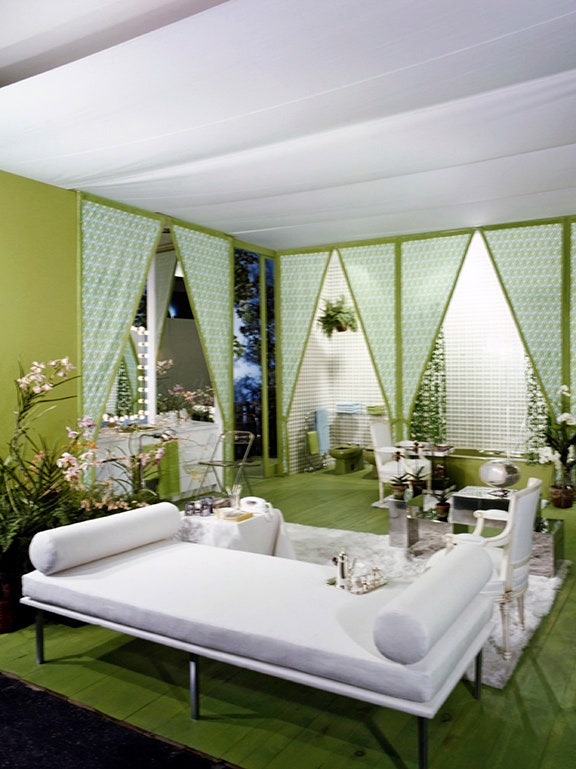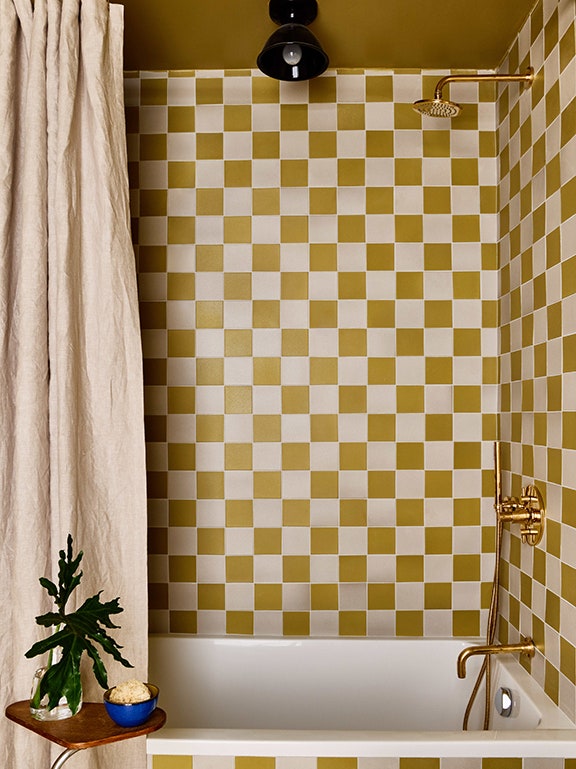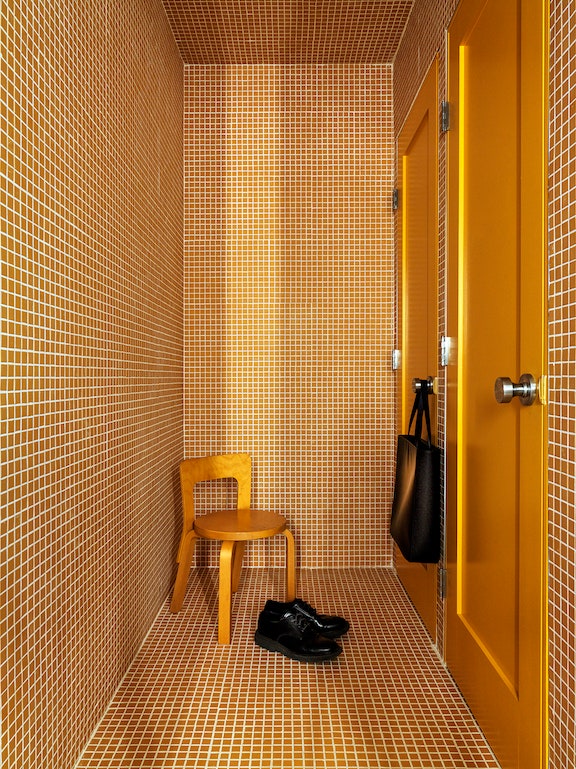Don’t take their word for it? Here are some statistics for you. In a 2022 survey of 600 decorators by 1stDibs, 26 percent of respondents said they’ve witnessed a resurgence of the distinctive decade’s decor hallmarks. The luxury antique site has also seen a massive spike in sales of iconic designs from the period, including Mario Bellini’s “Camaleonda” sofa from 1970 (yes, that bulbous couch you’ve seen all over Instagram), Michel Ducaroy’s “Togo” and Vico Magistretti’s “Maralunga” sofa from 1973, and Tobia & Afra Scarpa’s “Artona” dining series. Meanwhile, demand for pieces by Giancarlo Piretti are up 125 percent. And here’s the smoking gun: On the cover of his new album, Harry Styles – an aesthetic arbiter if there ever was one – stands in a very ’70s room with a low-slung lounge chair that resembles the work of Italian maker Giandomenico Belott.
At first, it may seem like an unwelcome blast from the past. The 1970s have long been lampooned for their more questionable choices, like plastic-covered furniture, traffic-cone orange palettes, and musty-dusty shag carpets. But the 2020s take is more restrained, more curated, cherry-picking ’70s-inspired highlights while ditching the dated aspects.
Mischa Corvette, lead designer at Hollis and Morris, assures us that “the orange hue as well as the overuse of plastic decor” are staying in the past, while Daniel Rauchwerger, of BoND, argues that the decade, design-wise at least, is often misunderstood in the first place. “I think that today, we easily confuse 1970s design with general nostalgia,” he says. “The ’70s were, in a way, quite restrained in palette and material usage, in comparison with the decades before and after them. Lots of browns and warm tones, natural and raw materials like wood and exposed concrete, paired with bold geometry and patterns.” (Think less Austin Powers bachelor pad, and more Yves Saint Laurent’s Paris library, Calvin Klein’s Fire Island Pines home, or any room by famed interior designer David Hicks or Tony Duquette.) Clive Lonstein is also a champion of the period: “There is a stripped-back, brutalist sense about it presented through the simplicity of materials and more geometric shapes,” he explains. “Texture is prioritised over form, so we see a lot of simpler shapes covered in softer, coloured materials.”
A bathing room designed by English decorator David Hicks in the 1970s with green backsplashes and plumbing features. To the right, more modern interpretations of the aesthetic. Photo by David Massey for Vogue’s January 1972 issue.
A bathroom by Robert McKinley of Studio Robert McKinley.Photo: By Read McKendree
The design elements and motifs that top interior designers today are borrowing from the ’70s tend to fall within a specific set of parameters. “We are seeing more textured fabrics, geometric shapes and patterns, and multi-use/free-flowing spaces like sunken living rooms, room dividers, and upholstered seating,” says Corvette. “Hallmarks of 1970s design include bringing nature indoors, materials like velvet and rattan, and patterned wallpaper. I’ve seen all of them make a comeback,” adds Enis Karavil of SANAYI313. (Fittingly, Danish furniture brand Gubi recently announced they were relaunching “Bohemian 72,” a rare rattan furniture collection by cult Milanese designer Gabriella Crespi originally produced in 1972.)



